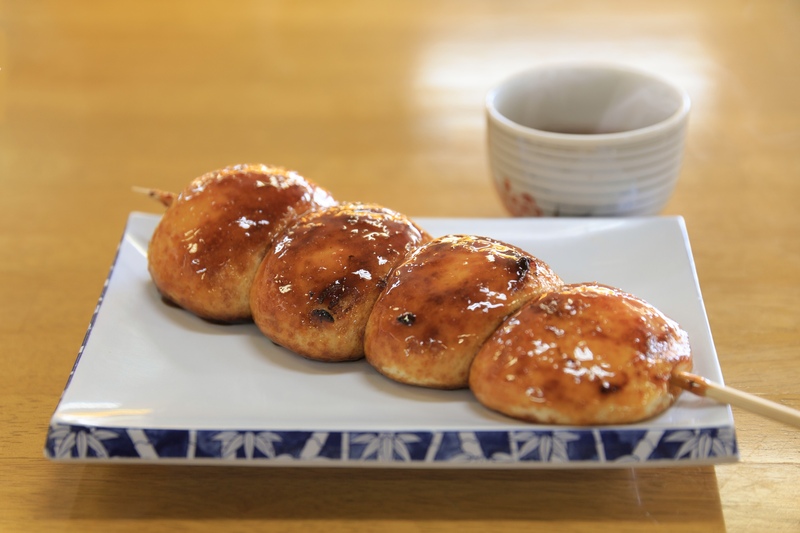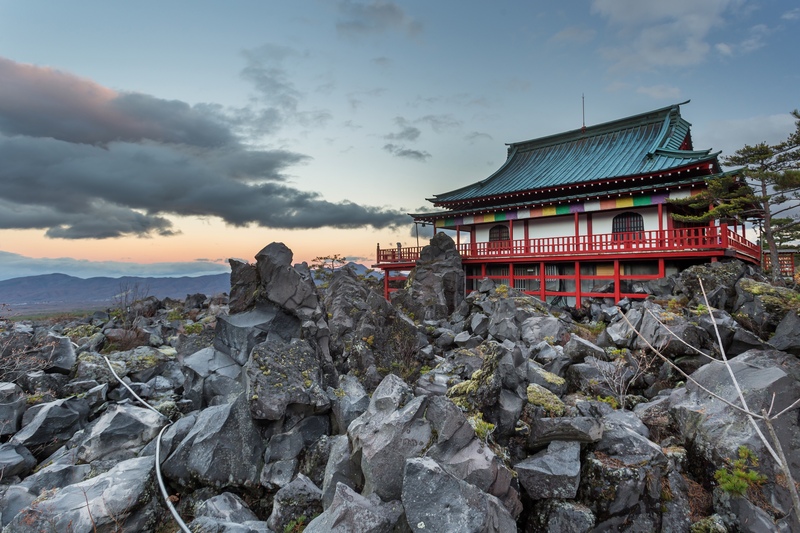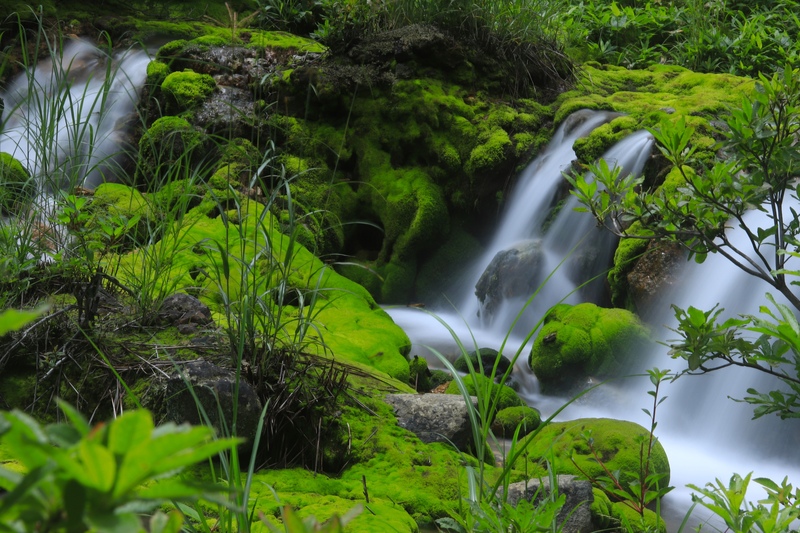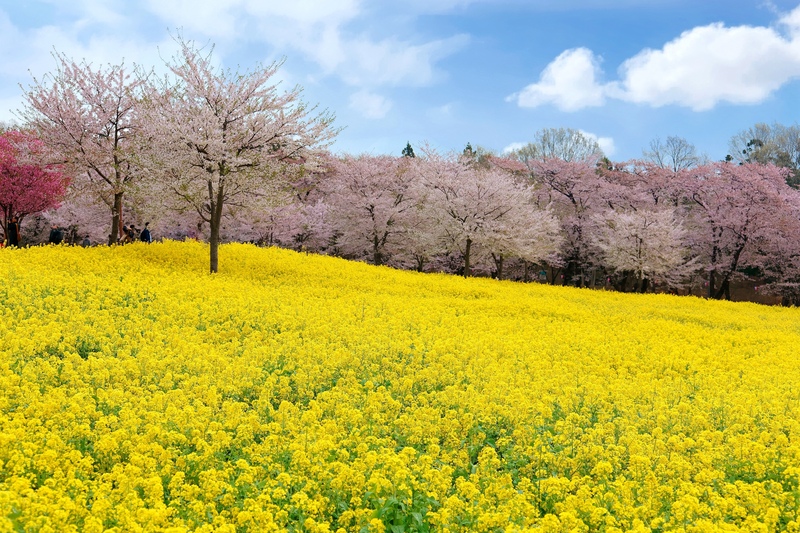What is the Tomioka Silk Mill in Gunma Prefecture?
The Tomioka Silk Mill is Japan’s first government-operated silk-reeling factory, located in Tomioka City, Gunma Prefecture. It was built during the Meiji era.
Established in 1872, this mill became a production center for high-quality raw silk exported worldwide as Japan pursued modernization.
In 2014 it was registered as a UNESCO World Cultural Heritage site and has drawn attention from domestic and international visitors as an important symbol of Japan’s industrial development in the modern era.
This article provides detailed information on the history of the Tomioka Silk Mill, what to see there, how to get there, and useful tips for visitors.

History of the Tomioka Silk Mill
Japan in the Meiji era and the Tomioka Silk Mill
During the Meiji era, Japan pursued rapid modernization to catch up with Western countries.
As part of that effort, the Tomioka Silk Mill was established as the country’s first government-run silk factory, incorporating the latest French technology.
From its founding, the mill played a key role in producing high-quality raw silk for export and made a major contribution to Japan’s economic development.
It also played an important role in training technicians and spreading silk-reeling technology across the country.
World Heritage listing
In 2014, the site was inscribed on the UNESCO World Heritage List as “Tomioka Silk Mill and Related Sites of the Silk Industry”.
This recognition was given for the site’s value as an industrial heritage that supported Japan’s modernization.
Many of the historic buildings have been preserved and the site remains a place where visitors can learn about the industrial landscape of that time.

Highlights of the Tomioka Silk Mill
Higashi Okimayujo (East Cocoon Storehouse)
The building often considered the symbol of the Tomioka Silk Mill is the Higashi Okimayujo (East Cocoon Storehouse).
This vast structure reflects the technology and design of its time and was used to store cocoons used to produce raw silk.
Its brick exterior and timber-frame interior are distinctive, with large interior spaces designed for cocoon storage.
The building’s architectural techniques and spatial design are major points of interest.
Nishi Okimayujo (West Cocoon Storehouse)
Another main building alongside the East Storehouse is the Nishi Okimayujo (West Cocoon Storehouse).
It is now used as an exhibition space where you can learn about the mill’s history and the production processes of the time.
Through models and photographs, you can get a sense of what the factory was like during the Meiji era.
Reeling House (Soshi-jo)
This is the place where raw silk was actually produced, with rows of silk-reeling machines.
You can see reeling machines (machines that draw the thread) used at that time and recreations of the workspaces, which convey the evolution of industrial technology.
World Heritage Center
Near the Tomioka Silk Mill is the “World Heritage Center,” which is recommended for visiting before or after touring the mill.
There you can learn in detail not only about the Tomioka Silk Mill but also about other silk-related heritage sites.
Large screens and exhibition panels explain the connections between Japan’s silk industry and the world at that time.

Access to the Tomioka Silk Mill
By train
- Jōshin Dentetsu — get off at “Jōshū-Tomioka Station.”
- The mill is about a 10-minute walk from the station.
By car
- About 10 minutes from the Jōshin-etsu Expressway “Tomioka IC.”
- There are parking facilities around the mill, but they can be crowded during peak tourist seasons, so arriving early is recommended.

Useful information for travelers
Opening hours and fees
- Opening hours: 9:00–17:00 (last admission 16:30)
- Closed: Year-end and New Year holidays (check the official website for details)
- Admission fees:
- Adults (high school age and older): 1,000 yen
- High school/university students: 250 yen (student ID required)
- Elementary and junior high school students: 150 yen
- Preschool children: free
- Group discounts available
Nearby attractions
- Konnyaku Park: A facility about a 15-minute drive from the Tomioka Silk Mill where you can tour the factory and enjoy tastings.
- Mount Myogi: Known for its dramatic rock formations, ideal for hiking and photography.
Best time to visit
Spring and autumn are recommended.
Cherry blossoms in spring and autumn foliage in fall beautifully frame the buildings, offering scenic views.
Frequently asked questions about visiting the Tomioka Silk Mill
Q. How long does a tour take?
A. Plan about 1.5–2 hours for a standard visit.
If you want to study the exhibits in detail, you may need more time.
Q. Are there guides in foreign languages?
A. Yes, pamphlets are available in English, Chinese, and Korean.
Information boards are also multilingual.
Q. Is the site wheelchair accessible?
A. Yes. There are ramps and elevators within the mill, making it accessible for visitors using wheelchairs.
Q. Are guided tours available?
A. Yes, there are official guided tours and audio guides.
Guided tours are especially recommended for hearing detailed explanations about the historical background and the buildings, which enhances the visit.
Conclusion
The Tomioka Silk Mill is a historic site that symbolizes Japan’s modernization and offers a full sense of its value as a World Heritage site.
Through its architectural beauty and exhibits, you can learn about and deepen your understanding of the history of Japan’s industrial development.
If you visit Gunma Prefecture, be sure to include the Tomioka Silk Mill to experience its charm firsthand.
A special experience awaits as you step into history!









